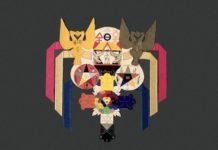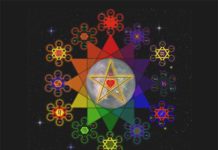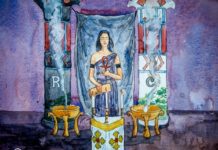How Felkin Copied Hiram’s Virgin to Complete His Inner Order Grades And Revising the Golden Dawn Review Pansophy Score
Dear friends and readers,
Just when I thought the Pansophy score of the G.D was done and dusted a friend and I went over the 6=5 and 7=4 rituals of the Golden Dawn.
We were studying Crowley in relation to Pansophy, and questioning whether or not Crowley really is Rosicrucian. I’ll get to that in the next post.
What I did find out was that there are some elements in the Golden Dawn that one could certainly qualify as representing the Pansophic Secret.
Remember; the Pansophic Secret is a hidden backbone to the western tradition, provided as a series of symbols that are congruent with German Theosophy/Pansophy and represent the Isis and Sophia mysteries.
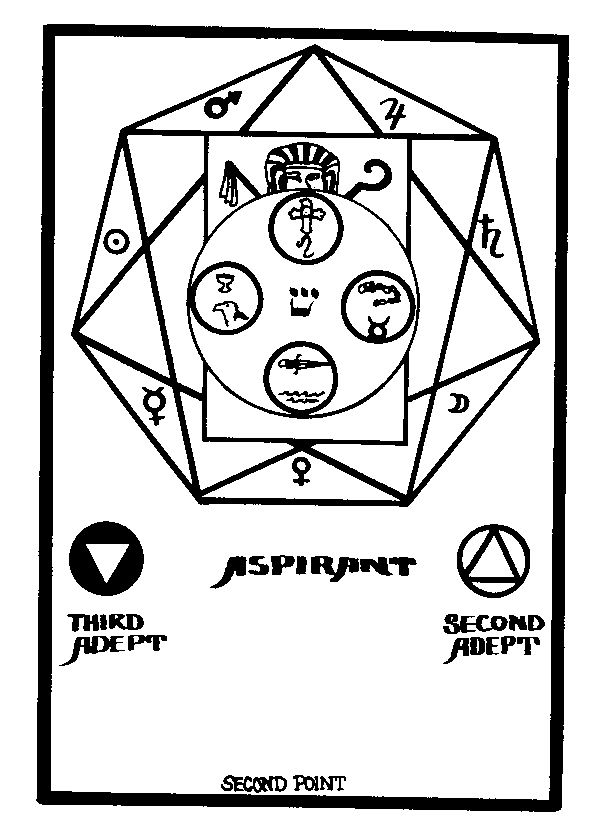 Though I had to score the other aspects of Pansophy in the G.D badly (utopianism, reformation score) it turned out that indeed some traces of the Pansophic Secret may well be embedded into the 6=5 and 7=4.
Though I had to score the other aspects of Pansophy in the G.D badly (utopianism, reformation score) it turned out that indeed some traces of the Pansophic Secret may well be embedded into the 6=5 and 7=4.
If you read my last post, you recognized that Hiram Abiff received a Pansophic upgrade, providing him with a Virgin who visits his tomb whereby she plants the acacia sprig. We also saw how this mirrored the myth of Isis providing Osiris with a new phallus after his brother Set had cut his off during his murder.
So what does this have to do with the Golden Dawn?
Well, after actually laying the candidate into the coffin during Felkin’s 6=5, within the Vault of the Adepti, all is in darkness within the tomb, but then a female figure appears. And guess what she does?
The ritual reads: ‘Shekinah appears from behind the curtain with alabaster lamp and SPRAY OF ACACIA.’ You know what else… Next it reads:
‘Shekinah says: ‘Arise, shine for thy light is come, and the glory of the Lord Risen is upon thee.’ 3rd Adept turns up the lights (within the tomb) and the Shekinah lays acacia upon the postulant’s breast.’
What we see here is actually a ritual ENACTMENT of the very same image of the Virgin planting the acacia sprig upon the tomb of Hiram Abiff.
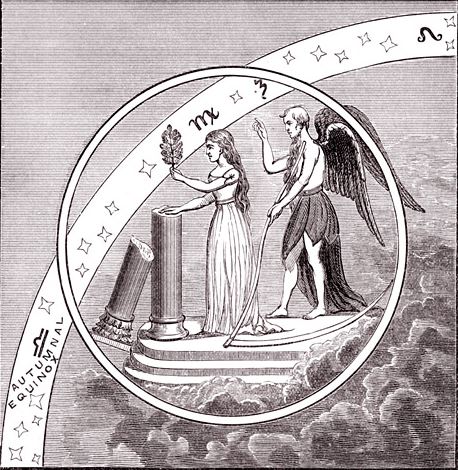 I haven’t been able to find any other sources for such an event as yet, so it appears Felkin drew it directly from American Masonry. Most likely he had Albert Pike’s ‘Morals and Dogma’ of Masonry, which associated the Masonic depiction directly with Isis. Felkin knew that the tomb and 5=6 belonged to Osiris so it was only natural to have a ritual that restores the phallus of Osiris.
I haven’t been able to find any other sources for such an event as yet, so it appears Felkin drew it directly from American Masonry. Most likely he had Albert Pike’s ‘Morals and Dogma’ of Masonry, which associated the Masonic depiction directly with Isis. Felkin knew that the tomb and 5=6 belonged to Osiris so it was only natural to have a ritual that restores the phallus of Osiris.
Strangely no-one in the Golden Dawn so far has seen the ritual this way.
Elements of Felkin’s rituals were taken from Florence Farr’s Egyptian Order, as well as Steiner’s Rosicrucian rituals. In Farr’s rituals the ‘Virgin Goddess’ or ‘Mother Goddess’ appears, but an acacia is not used. Instead she holds a green wand. Westcott is said to have influenced the Felkin rituals too. Comparing with Waite’s rituals also reveals the appearance of ‘Priestess’ for the 6=5 and 7=4 grades. Thus the connection was intentional and ties the RR et AC to the universal symbols of what is largely known as the Pansophic cycle.
I might add, I personally would have done the rituals differently.
Thoth is said to have helped Isis restore Osiris and his phallus, providing the magical formula to her, but he appears in the 7=4 and not at the moment the Shekinah officer lays the acacia upon the breast of the candidate.
My overhaul would go this way;
Osiris was thrown into a river, and his coffin caught inside a tree. The king of Byblos took that tree, and made from it the beautiful Tat (djed) pillar. While that pillar does appear in the 6=5 and 7=4, it is not used well. Isis in the story had to win favor with the king who bestowed upon her the Tat pillar as a gift.
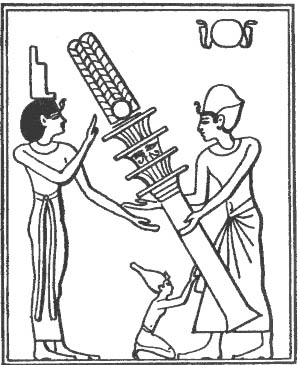 To commemorate this Egyptian’s celebrated the ‘raising the djed pillar to Isis’ ceremony, as depicted here. The pillar contained the body of Osiris, accounting for the first resurrection of Osiris, who was rescued by his wife.
To commemorate this Egyptian’s celebrated the ‘raising the djed pillar to Isis’ ceremony, as depicted here. The pillar contained the body of Osiris, accounting for the first resurrection of Osiris, who was rescued by his wife.
In the 7=4 the Shekinah (Isis) stands besides the Tat Pillar though, which doesn’t tell us much. The raising of the Tat Pillar should apply to the 6=5.
After Isis saves Osiris, Set finds out, and reacts by finishing the murder, this time by cutting Osiris up into pieces. It is now that Isis puts him back together, without the missing phallus, and crafts for him a magical wooden one instead.
Thoth helps here, and this is why the laying of acacia should apply to the 7=4. Bear in mind that in the Masonic legend Hiram also has two burials.
I’ll leave it there for now, but there is much more to come…
And I mean another BIG surprise in relation to Crowley.
What I must admit however is that this changes the Pansophic score for the Rosicrucian Review of the Golden Dawn.
The new Pansophic score for the Golden Dawn is:
Utopian Reformation Quest: 2/10
Universal Schemata: 7/10
Pansophic Regeneration Legend: 6/10
(As per my last post I did actually change the scoring model for Pansophy).
Here the Utopian Reformation Quest got another point because the 7=4 actually states ‘you are in the City of God and you are that City.’ If you’ve followed my posts on Pansophy you’ll know what that means.
This brings the total Pansophy Score of the G.D to 15/30.
(Before it was a meager 7 out of 30)
Like before the reformation part of the Rosicrucian Tradition has been ignored by the Golden Dawn, but other R.C Orders ignored magic where the G.D excels.
Each Order has its own advantages and benefits. No Order has it all.
Stay tuned for an upcoming ripper ‘Was Crowley a Rosicrucian?’
In service in the L.V.X,
Samuel Robinson
End Notes:
The 36 Bells amongst other things in Feklin’s 6=5 come from Steiner’s Masonic third degree. The appearance of the Shekinah may be due to the appearance of a female figure/officer during Steiner’s ritual as well; the Barbelo/Sophia.
It is unclear whether Steiner used the laying of Acacia from the Sophia. The remaindering papers of those rituals were fragmented with parts lost. My theory is that Felkin actually preserved a part of the Steiner ritual that went missing, however we will never know.
Remember that Steiner was a student of Mailander in the Pansophic group.

